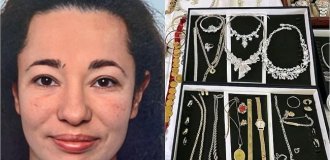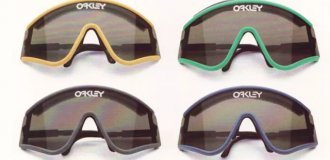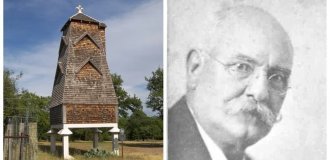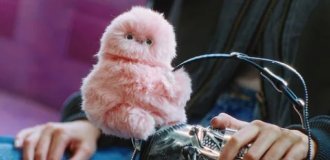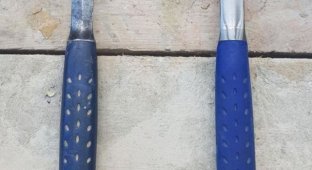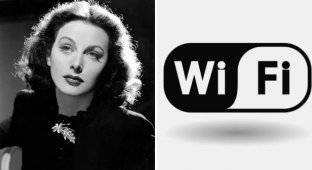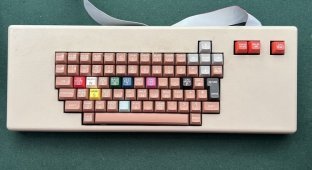12 little-known people who gave us inventions and household items (13 photos)
This article is dedicated to those people who, by pure chance or through tireless perseverance, invented for us diapers, freezing, cellular communications and other useful things that cannot be excluded from our lives. 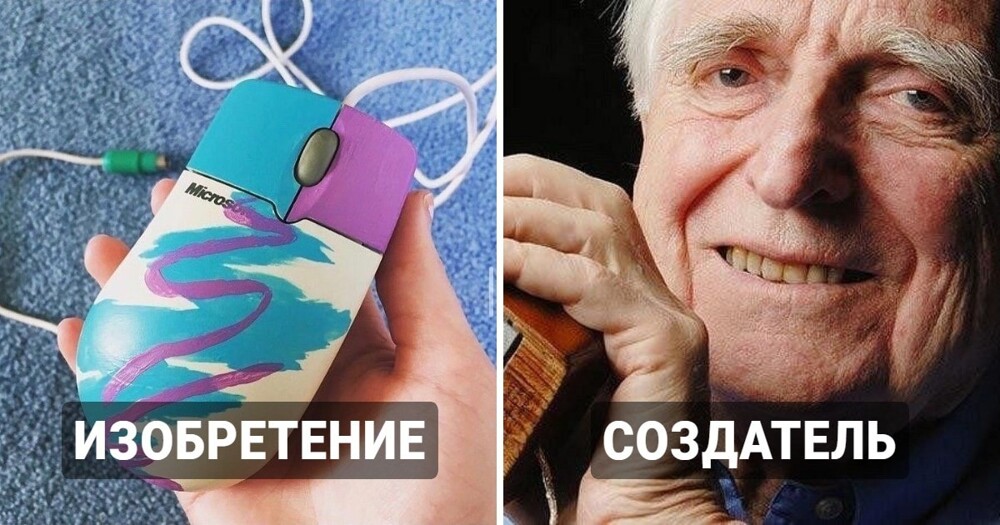
We use these things almost every day, and if not, they are at least ubiquitous. Headphones, microwave ovens, computer mice - all these are items of our everyday life. They are so familiar that we don’t even think about those people who once came up with a brilliant idea and created all these objects that are irreplaceable in the modern world!
Diapers 
American inventor Marion Donovan, after many attempts, created a sealed and waterproof diaper cover in 1946, which is the predecessor of the disposable diaper by Victor Mills, the creator of Pampers.
Fast freezing of food 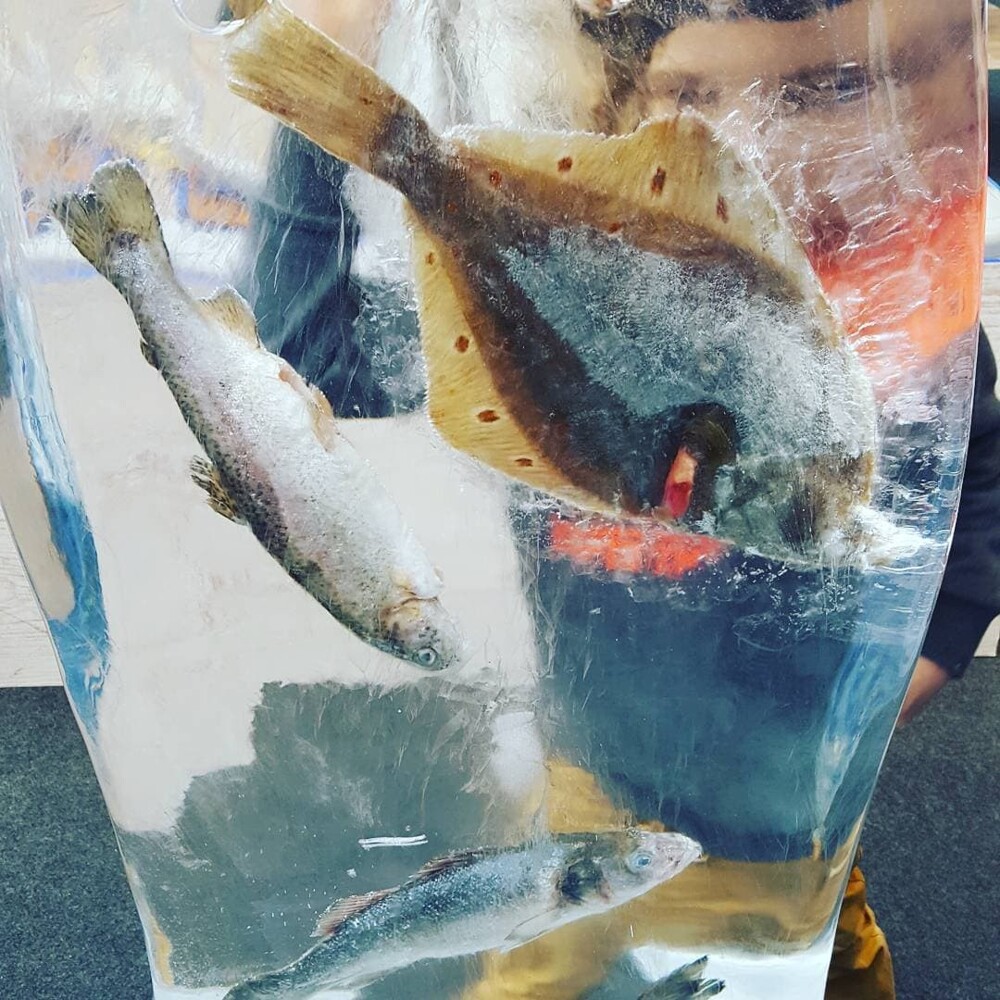
Clarence Birdseye, while on the Labrador Peninsula, became interested in how the indigenous people froze fish. After a series of experiments and unsuccessful attempts to introduce the developed technology into a wider business, he created a successful frozen seafood company in 1934.
cellular 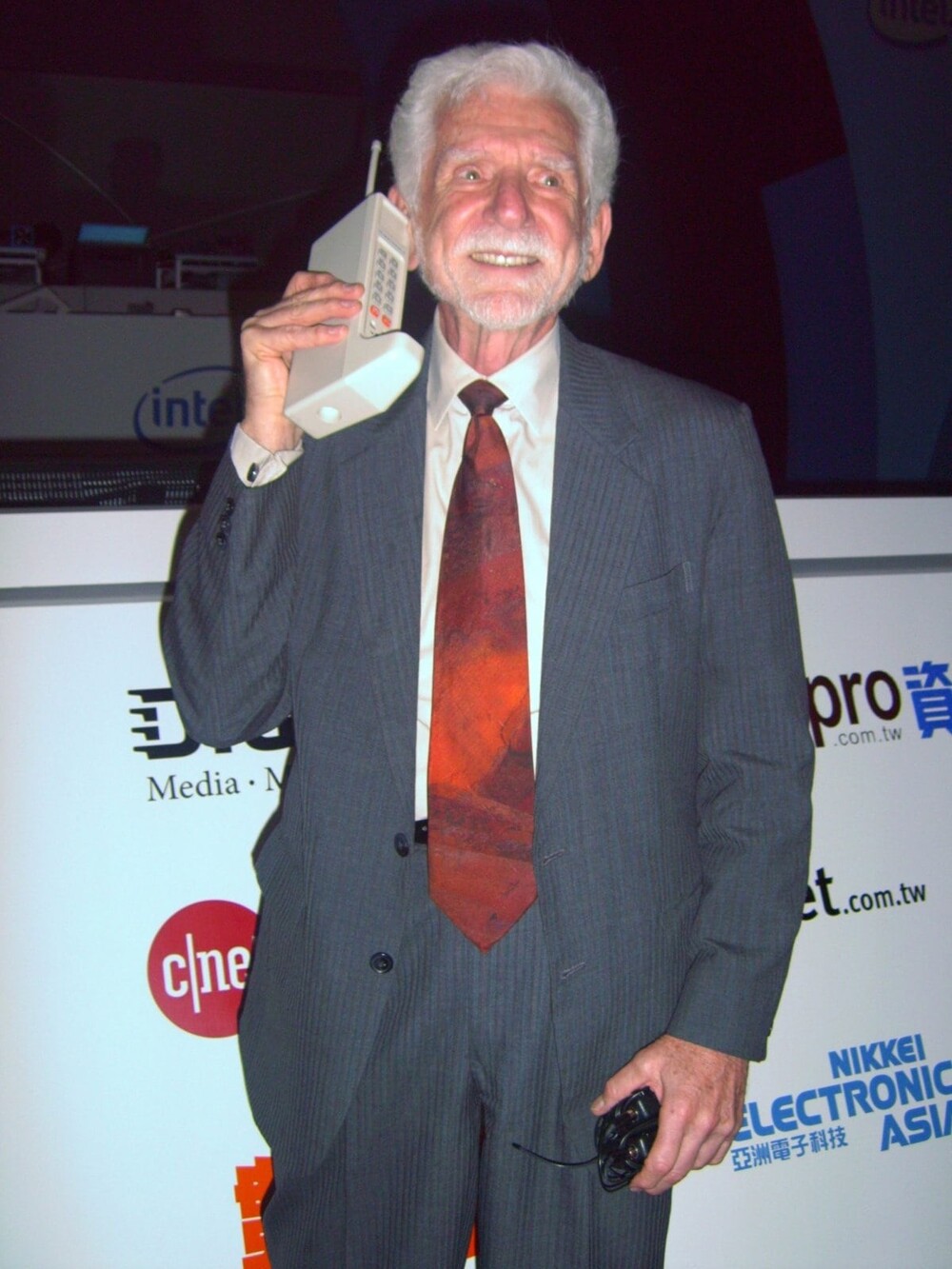
Douglas H. Ring was one of the engineers at the Bell Labs research company. In 1947, he proposed placing a transceiver in every small area (cell), but the implementation of the new technology failed for reasons independent of the inventor. Therefore, Martin Cooper (pictured) is considered the creator of the portable cell phone and the first person to demonstrate the ability to make calls using it.
Microwave 
In 1945, engineer Percy Spencer made an unexpected discovery: according to legend, a chocolate bar suddenly melted in his pocket while he was standing next to a working magnetron. In 1947, the first microwave ovens were produced, of huge size and for narrow applications, and two years later their mass production began.
Sealed food containers 
In the late 1930s, Earl Silas Tupper invented a method for purifying black, sticky polyethylene slag into plastic, which he began using to create containers in 1945.
Birth control pills 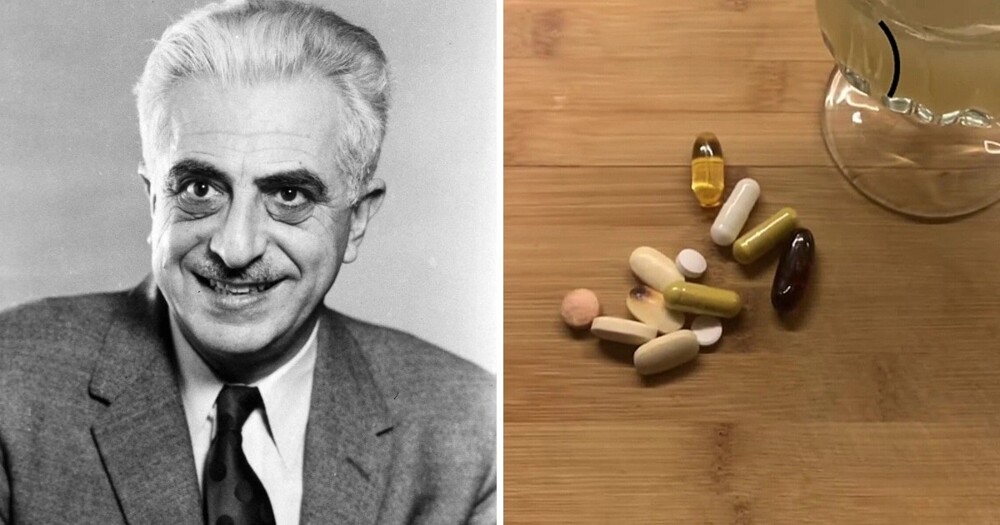
American women Catherine McCormick and Margaret Sanger, who defended women's rights at the beginning of the 20th century, called on pharmaceutical companies to create birth control pills. But only biologist Gregory Pincus responded to help them, who, during the study, received the hormone progesterone, which inhibited ovulation. In 1960, the tablets were tested and began to be used everywhere.
Laser 
The development of an optical quantum generator (laser) belongs to three physicists at once: Alexander Prokhorov, Nikolai Basov and Charles Townes, for which they received the Nobel Prize in 1964.
Three-point seat belt 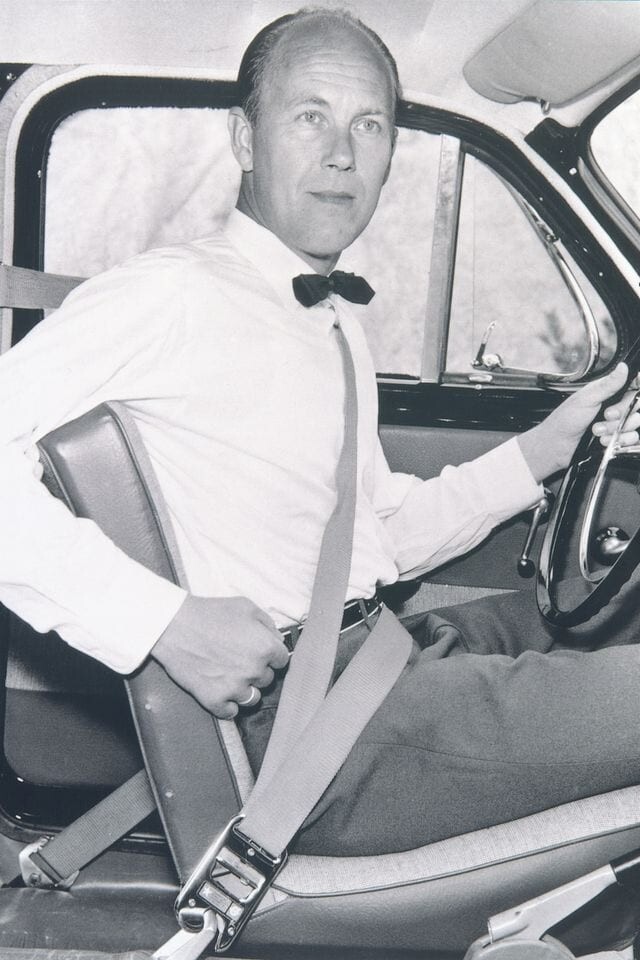
After moving from an aircraft company to an automotive company, Nils Bohlin became a leading safety engineer. To increase the likelihood of saving a person's life in car accidents, Nils invented a belt that secures both the upper and lower parts of the body.
Computer mouse 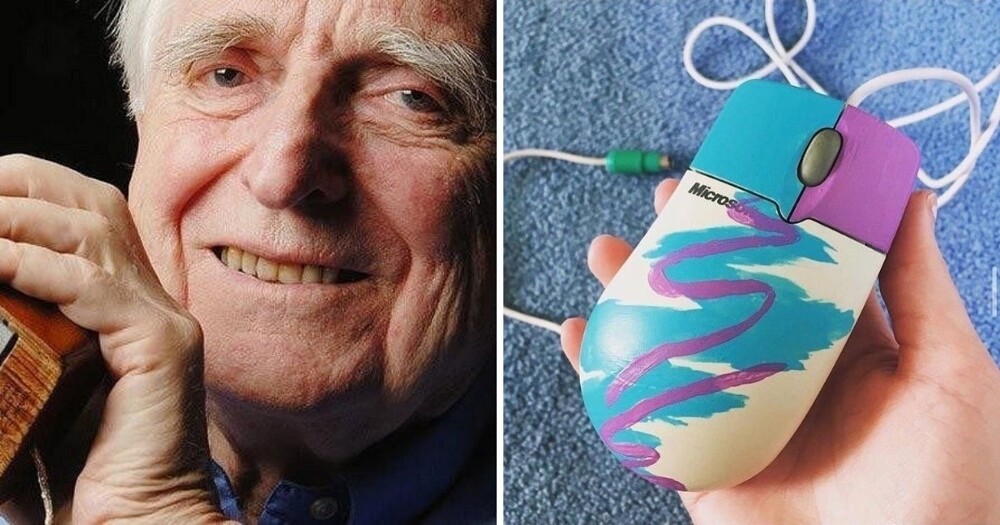
Douglas Karl Engelbart is the inventor of many important technologies that are significant in the modern world (text editor, online group conferencing, etc.). But in 1967, he had absolutely no idea that the computer (then still wooden!) mouse he created together with Bill English would become a household item.
Headphones 
“I can’t hear you, I’m listening to music on headphones,” a mother will hear from every second teenager andwill say “thank you” to Nathaniel Baldwin, who invented his first headphones at home in the kitchen, and patented their improved version in 1915.
Microscope 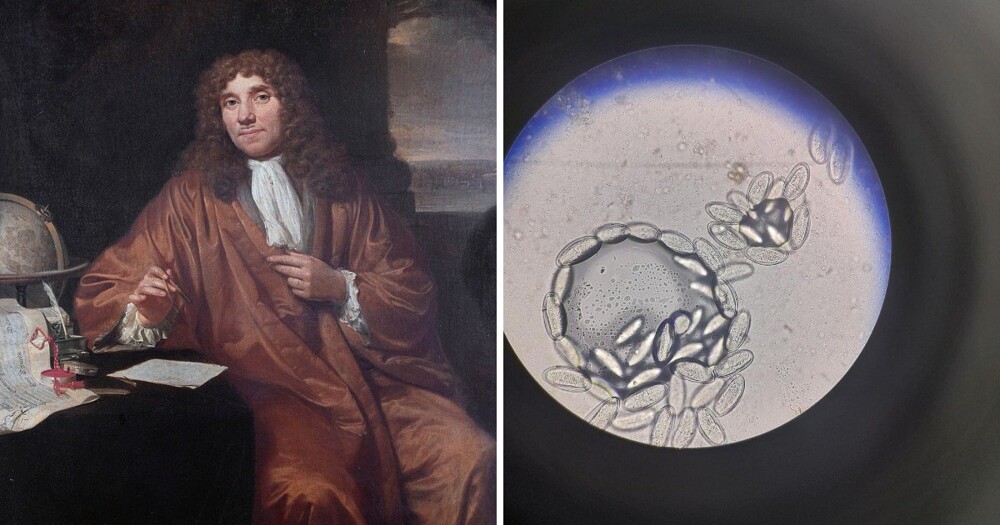
Let's take a leap in time, to the end of the 17th century, and remember Antonie van Leeuwenhoek, a Dutch naturalist who was inspired by Robert Hooke's work "Micrography" and, having mastered the craft of a grinder and began making lenses, invented the microscope.
Toilet tank 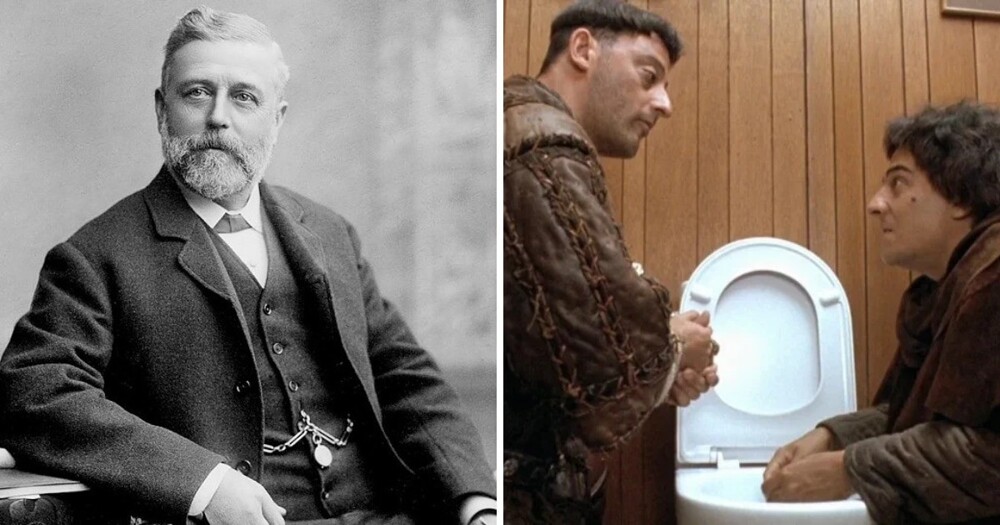
According to popular legend, Thomas Crapper is the inventor of the toilet. In fact, he was a plumber and a gifted person who created various useful things for the toilet, including a water tank.



